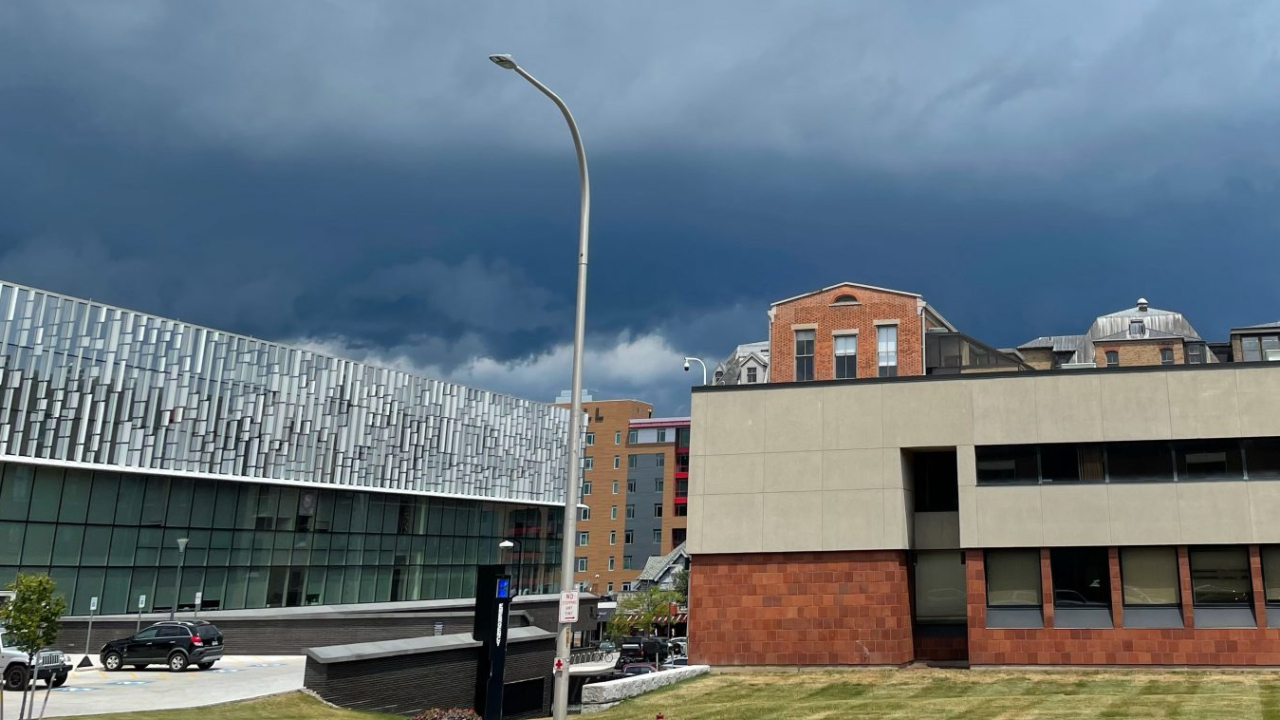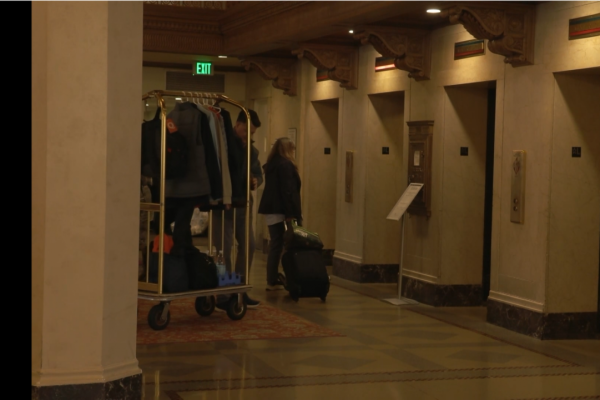
SYRACUSE, N.Y. (NCC News) – For many people lightning is a novelty, but we’re all aware of the damage that it’s capable of.
Thunderstorms are back in the forecast for Syracuse this weekend and late next week. Channel 9 Meteorologist Carson Metcalf has some suggestions for staying safe.
“Having alert notifications turned on, that is really essential,” said Metcalf. “I can’t tell you how many times people have said in the media to me, ‘there was no warning about that storm.’ There’s always a warning about that storm.”
Metcalf recommends staying indoors during storms (hard top vehicles will work), avoiding trees and being aware of how fast storms can move.
The intensity of a storm depends on many factors: temperature, radiation from the sun, cloud positioning, high dew points, moisture and a lifting mechanism, such as a cold front.
As the ground gets warmer, the contrast in temperature between the surface and atmosphere can also impact storm intensity.
“The bigger amount of difference between those two temperatures, the more intense the thunderstorm usually is. And that ties right back in with climate change too,” Metcalf said.
The key to lightning safety is being proactive and conscious of the conditions early, or in Metcalf’s words, “staying weather aware.”
Metcalf also endorsed the 30-30 rule, which proposes you find your way indoors when lightning strikes within 30 seconds of thunder, and stay indoors until at least 30 minutes after the last thunderclap.
When asked about storms during warm weather, Metcalf said that the sun can be deceptive.
“A lot of times in the summer, that sunshine can be self-destructing, we like to say, because sunshine fuels thunderstorm development,” said Metcalf. “If you’ve got all those other factors at play…you’ve got all the makings for potentially a really nasty thunderstorm to come through.”
According to Metcalf, it all boils down to being aware. Check the radar, check lightning maps and don’t blindly trust the weather app on your phone.




